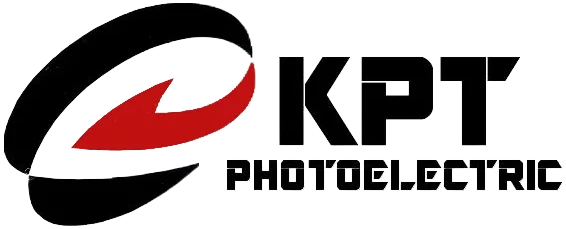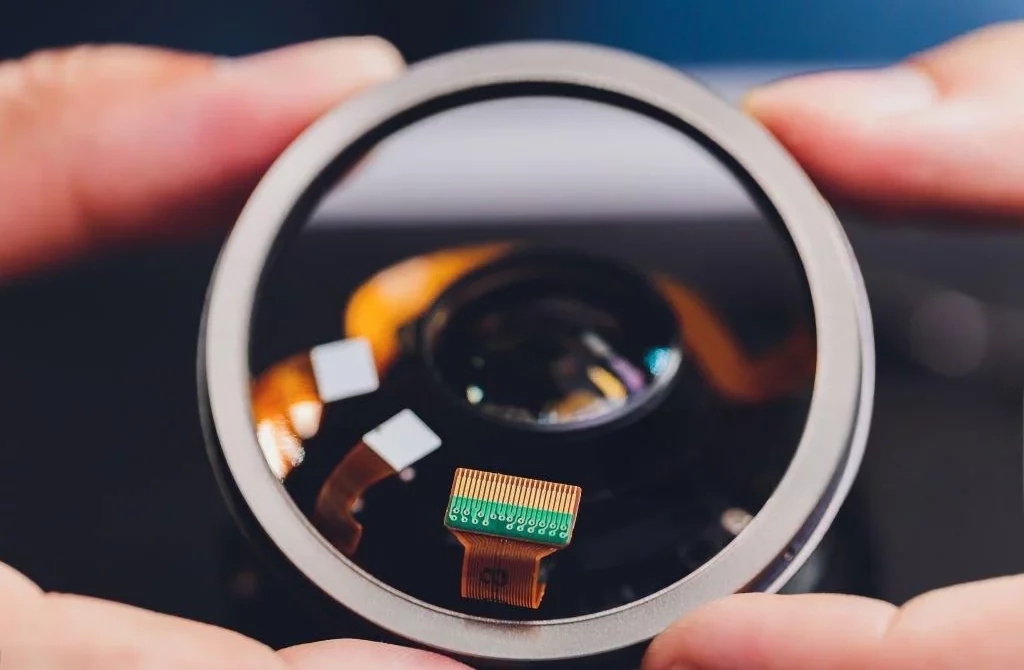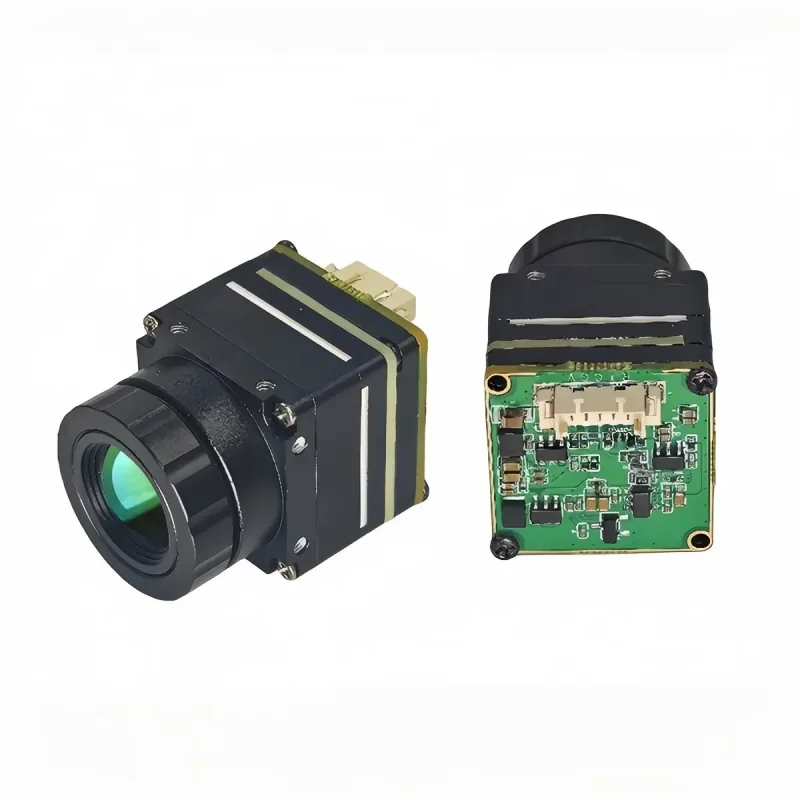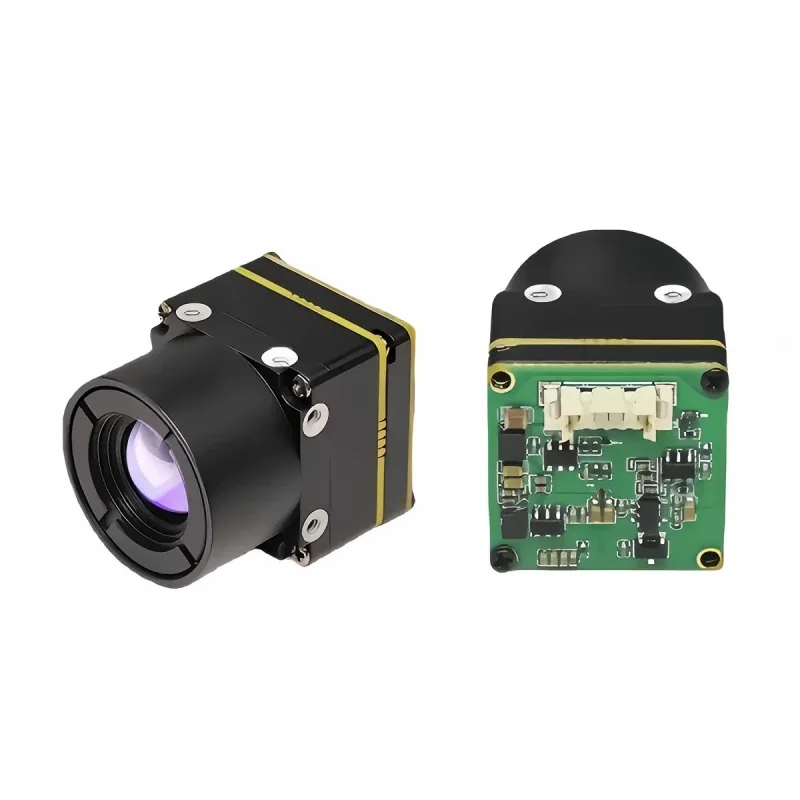In modern industry, technological advancements continuously drive improvements in production efficiency and safety standards. Among these, thermal imaging technology, as a non-contact temperature measurement method, is becoming an indispensable tool in industrial applications. Thermal imaging modules, as the core components of thermal imaging systems, capture infrared radiation emitted by objects and convert it into visible images, providing robust support for industrial use cases. This article explores the applications, technical advantages, and specific case studies of thermal imaging modules in industry, helping readers fully understand the value and potential of this technology.
Working Principle of Thermal Imaging Modules
Thermal imaging modules generate images by detecting thermal radiation (infrared) emitted from the surface of objects. Unlike traditional optical imaging, thermal imaging does not rely on visible light, enabling it to function in low-light or completely dark environments. The core advantages of thermal imaging modules lie in their high sensitivity and resolution, which allow them to detect minute temperature differences and produce clear thermal images. In industrial settings, this technology is used for monitoring equipment conditions, detecting faults, and performing quality control, among other applications.
Industrial Application Scenarios
1. Predictive Maintenance
In industrial production, the smooth operation of equipment is critical to ensuring efficiency. Thermal imaging modules enable predictive maintenance by regularly monitoring equipment temperature distributions to identify abnormal hotspots, preventing potential failures. For example, in the power industry, thermal imaging can detect overheating in transformers or cable joints, identifying risks early to avoid costly downtime.
2. Quality Control
Thermal imaging plays a vital role in quality control. By monitoring temperature changes during production, it ensures product consistency. In automotive manufacturing, for instance, thermal imaging modules can monitor weld point temperatures to ensure welding quality meets standards. Similarly, in the food processing industry, thermal imaging ensures food safety by monitoring temperatures during production.
3. Safety Inspections
Industrial safety is a critical component of business operations. Thermal imaging modules are used for safety inspections, particularly in fire prevention and explosion risk mitigation. By monitoring equipment and environmental temperature changes, potential fire hazards can be identified and addressed. In chemical plants, for example, thermal imaging monitors pipeline and container temperatures to prevent explosions caused by overheating.
4. Energy Management
Energy efficiency is a key focus for industrial enterprises. Thermal imaging helps optimize energy use by detecting heat loss in buildings or inefficiencies in equipment. In the construction industry, thermal imaging modules assess building insulation performance, identifying heat bridges and leakage points to improve energy efficiency.
Success Stories
Case Study 1: Power Industry Application
A power company integrated thermal imaging technology into its transmission line inspections. Using drones equipped with thermal imaging modules, inspectors could detect abnormal temperature increases in cable joints without physical contact. During one inspection, thermal imaging identified an overheating issue in a cable joint, allowing timely repairs that prevented a potential power outage, saving significant repair costs and time.
Case Study 2: Quality Control in Manufacturing
An automotive manufacturing plant adopted thermal imaging modules to monitor weld point temperatures on its production line. By analyzing temperature changes in real-time, engineers ensured consistent weld quality, reducing product defects caused by poor welding. This implementation improved product quality and reduced rework rates, significantly boosting production efficiency.
Case Study 3: Safety Monitoring in Chemical Plants
A chemical plant installed thermal imaging modules on critical equipment for 24/7 temperature monitoring. The system detected an abnormal temperature rise in a reactor vessel, triggering an immediate alarm. The plant quickly implemented cooling measures, averting a potential explosion. This case highlights the role of thermal imaging in enhancing industrial safety.
Advantages of Thermal Imaging Technology in Industry
Thermal imaging modules offer several key advantages in industrial applications:
-
Non-Contact Measurement
Thermal imaging measures temperatures without contacting the target, making it ideal for high-temperature, high-pressure, or hazardous environments, ensuring operator safety. -
Real-Time Monitoring
Thermal imaging modules capture temperature changes in real-time, providing instant data feedback for quick decision-making and response. -
High-Precision Detection
The technology detects minute temperature differences, suitable for scenarios requiring high precision, such as equipment fault diagnosis and quality control. -
Multifunctional Applications
Thermal imaging is versatile, applicable in industries like power, manufacturing, chemicals, and construction, offering comprehensive solutions. -
Cost Efficiency
Through predictive maintenance and quality control, thermal imaging reduces equipment failures and product defects, lowering repair and rework costs while improving operational efficiency.
Future Trends
As technology advances, thermal imaging modules will see further innovation in industrial applications. Key trends include:
-
Miniaturization and High Performance
Future thermal imaging modules will be more compact while maintaining high performance, making them suitable for a wider range of industrial equipment and scenarios. -
Intelligence and Automation
By integrating artificial intelligence and machine learning, thermal imaging systems will achieve higher levels of intelligence and automation, enabling autonomous analysis of temperature data and fault prediction. -
Multi-Sensor Fusion
Thermal imaging will integrate with other sensors (e.g., visible light cameras, ultrasonic sensors) to provide comprehensive environmental perception. -
Industry-Specific Solutions
Tailored to specific industry needs, thermal imaging will offer customized solutions for diverse application scenarios.
Conclusion
The application of thermal imaging modules in industry has brought revolutionary changes, significantly improving production efficiency, product quality, and safety. From predictive maintenance to quality control, safety inspections, and energy management, thermal imaging’s non-contact measurement, real-time monitoring, and high-precision detection make it an indispensable tool for industrial enterprises. As technology continues to evolve, thermal imaging modules will play an even greater role, offering new opportunities and challenges for industrial development.
If you are interested in the applications of thermal imaging modules in industry, contact us for more details or to customize a solution tailored to your needs.







